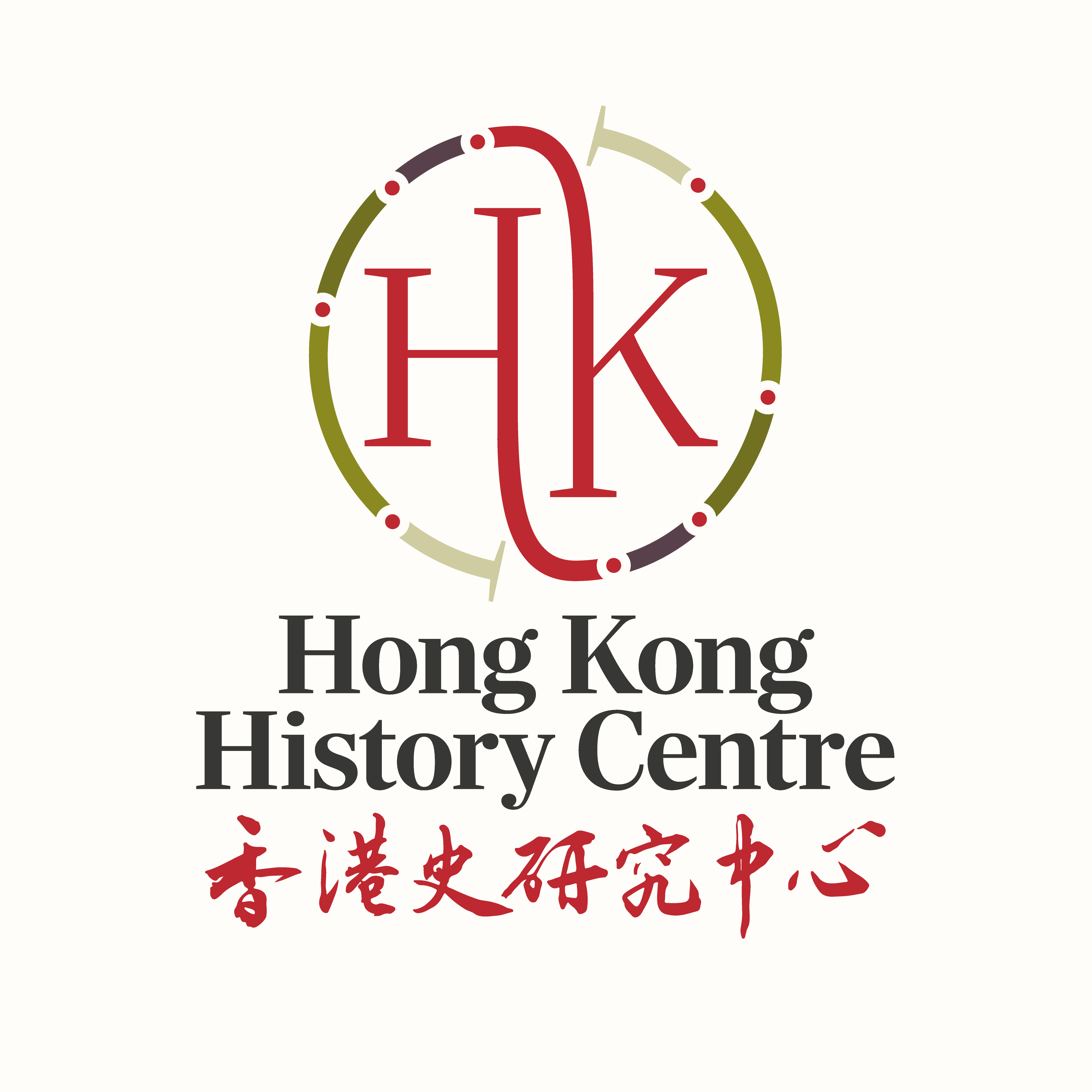
By Vaudine England
Since the death of Dan Waters, aged 95, in Hong Kong on 27 January this year, he has rightly been lauded for many things: charm and personality, astounding memory, karate black belt, marathons after 60, and of …
25/02/16
By Vaudine England.
A dear friend and colleague from a past journalistic life — educated, erudite and well-informed — delighted in saying: ‘I hate history!’ Why bother with stories of days gone by when so much is happening, right now? …
03/02/16By Vaudine England
Since the death of Dan Waters, aged 95, in Hong Kong on 27 January this year, he has rightly been lauded for many things: charm and personality, astounding memory, karate black belt, marathons after 60, and of …
25/02/16By Vaudine England.
A dear friend and colleague from a past journalistic life — educated, erudite and well-informed — delighted in saying: ‘I hate history!’ Why bother with stories of days gone by when so much is happening, right now? …
03/02/16